Investigation into overcrowding at Maryborough Correctional Centre
An investigation into jail overcrowding in Queensland has highlighted alarming risks and conditions for both prisoners and staff.
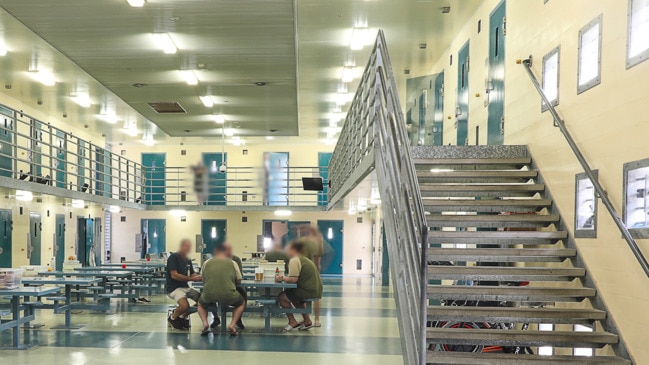
Fraser Coast
Don't miss out on the headlines from Fraser Coast. Followed categories will be added to My News.
An investigation has been carried out into overcrowding at Maryborough Correctional Centre as part of a report from the Queensland Ombudsman.
The report was tabled by MP Curtis Pitt, Speaker of the Queensland Parliament, with the recommendations accepted without reservation by the Queensland Corrective Services Commissioner.
The ombudsman investigated the overcrowding of Queensland prisons generally and specifically at Maryborough Correctional Centre.
MCC has a capacity of 500 built cells and 784 built beds.
“It is overcrowded, with the number of prisoners it accommodates exceeding its built cell capacity for many years,” the report read.
The level of overcrowding had fluctuated, the report stated, with 730 prisoners in October and November 2021, 615 in August 2022, 770 in March 2023 and 695 in August 2023.
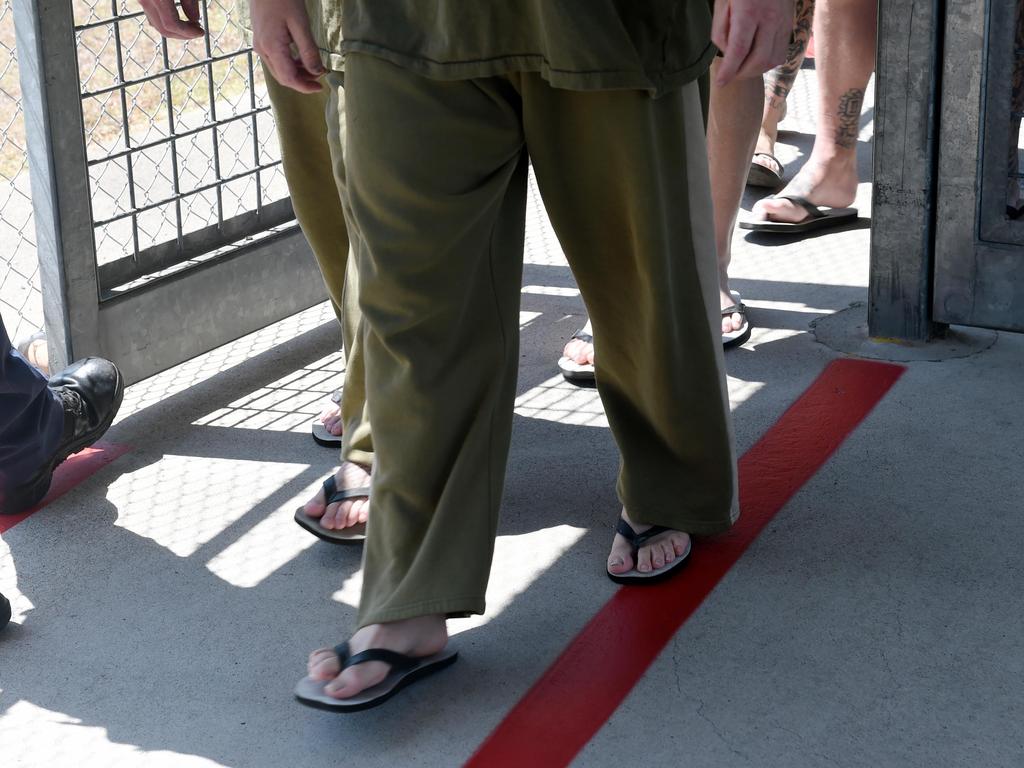
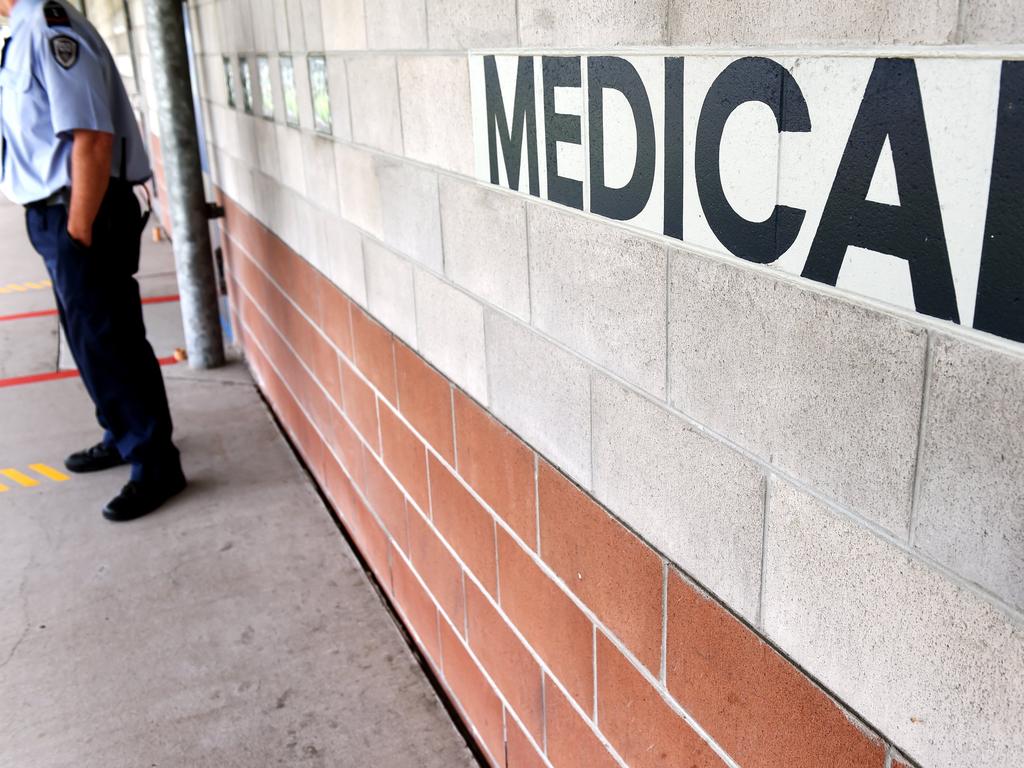
According to the report, a visit was made to the Maryborough prison in October 2022, at which time the extent of cell sharing required was lower than at periods of high prisoner numbers.
The report said prisoners were out of their cells for about nine hours a day at the prison, which meant they were in their cells, with another prisoner if sharing a cell, for about 15 hours each day.
That time was reduced during lockdowns.
“Given the amount of time the prisoners at MCC are locked in their cells, it was not surprising to hear from them that sharing a cell can have psychological effects such as depression and anxiety,” the report read.

A staff psychologist advised investigators that when prisons were overcrowded, prisoners were more likely to “act out”.
“While there were a small number of ‘buddy cells’ designed for two prisoners to share in the MCC accommodation units, most of the cells were smaller and designed for one prisoner,” the report read.
“Bunk beds have been installed in most of these smaller cells.
“Some prisoners say the bunk beds are uncomfortable and that it can be dangerous for some prisoners to get up onto the top bunk.
“One prisoner in a residential unit had chosen to sleep on a mattress on the floor in the common living area rather than in the bunk bed in the small cell that he was sharing with another prisoner.
“In the secure units, the cells include a single toilet and single shower.
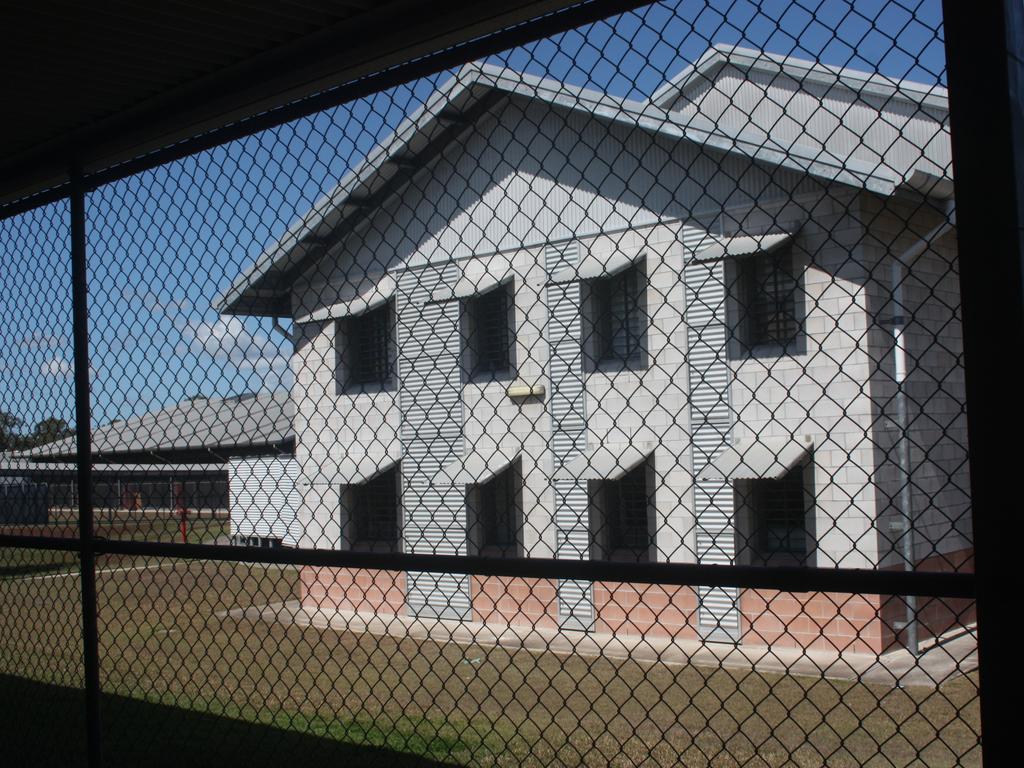
“It was observed during the inspection of secure unit cells that there would be little if any privacy for these activities when prisoners were required to share a cell.
“It was clear that it would be very difficult for two people to move around at the same time in the cell.”
The report found that responses to overcrowding within correctional centres included increased staffing levels, increased number of prison cells, fitting cells with bunk beds and workplace health and safety initiatives.
“While these responses have addressed some of the impacts of overcrowding, the report outlines recommendations to further address the ongoing significant risks to officers and prisoners,” a statement regarding the report read.
Strategies recommended to QCS included providing advice to government on options to expand the number of cells available.
In addition it was recommended that QCS have a continued focus on workplace health and safety responses for officers, address staffing issues created by overcrowding, managing the impact of overcrowding on prison services and infrastructure and ensure the availability of psychology services to prisoners in shared cells.
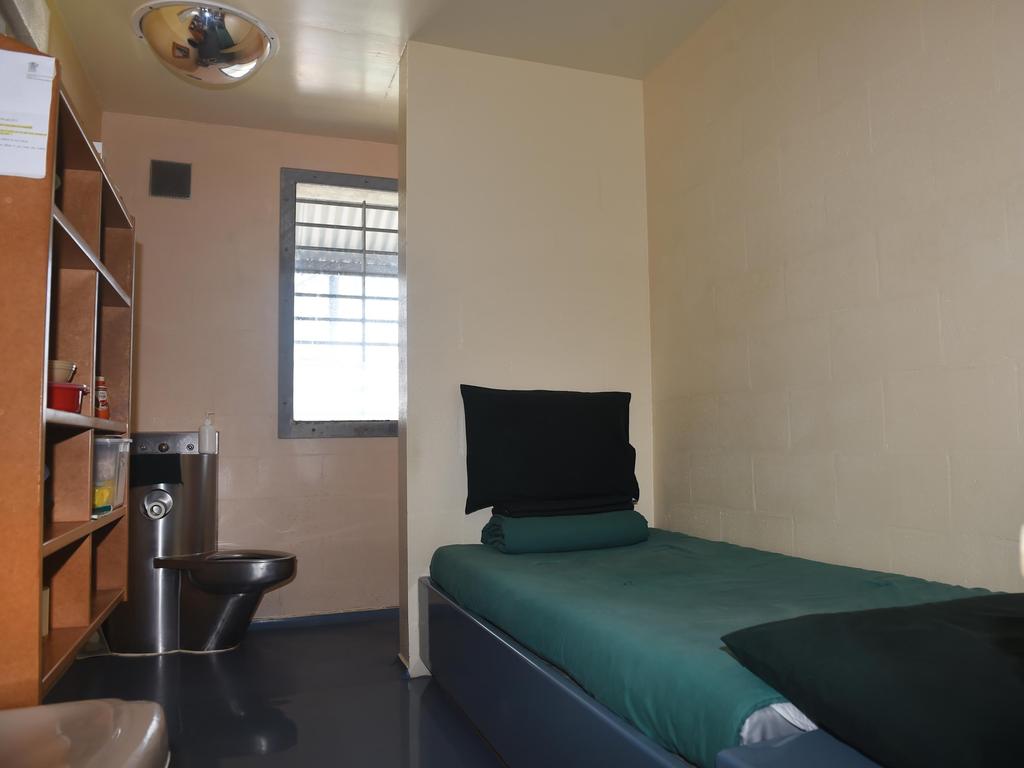
Improving the configuration of existing shared cells to reduce impacts on prisoner wellbeing, reducing the application of modified unit routines, improved decision-making and risk assessment processes for shared cell arrangements, ensuring transparency of information about prisoner numbers and overcrowding and improved recognition in regional prisons of the special legal status of remand prisoners was also part of recommendations made in the report.
The recommendations made in the report were accepted without reservation by the QCS Commissioner.
The ongoing implementation of the recommendations will be monitored as part of the program of inspections of prisons and subsequent reports to Parliament under the Inspector of Detention Services Act 2022.
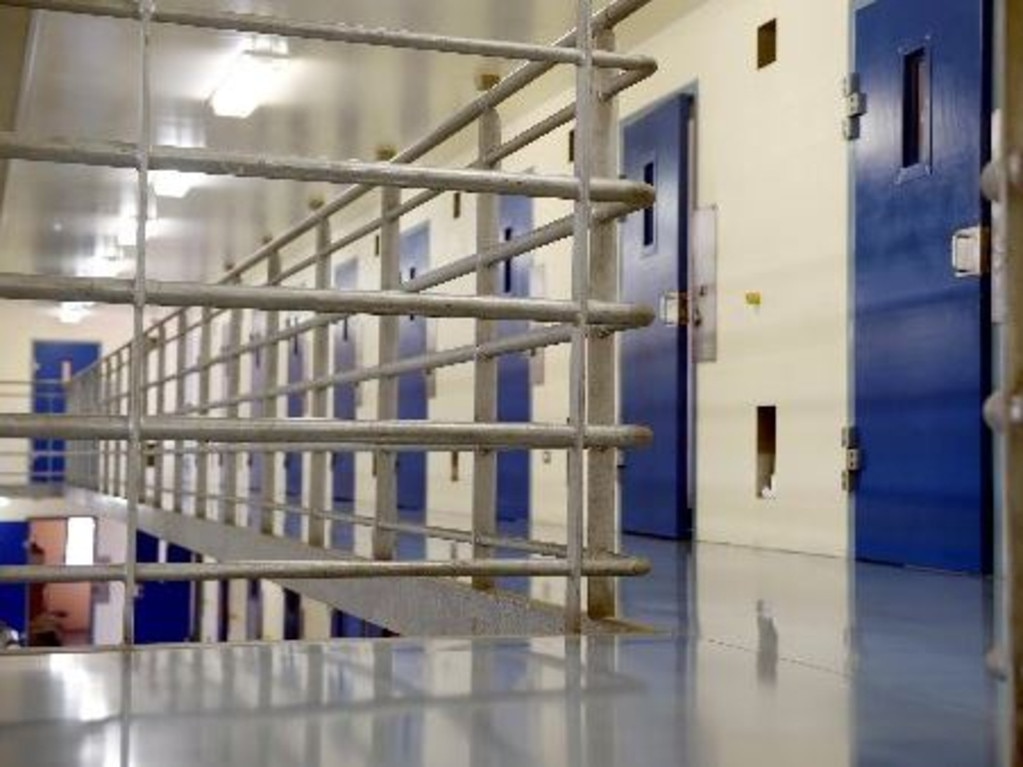
Queensland Ombudsman and detention services inspector Anthony Reilly said prisons had been overcrowded since 2014–15, which had impacted on officers, prisoners and prison infrastructure.
“Considered together, these impacts present a fundamental challenge to Queensland Corrective Services in achieving its statutory objective of humane containment,” he said.
“QCS’ response to this report is positive as it acknowledges the challenges and work to be completed to address the issues in question.
“I note this is a large task and will take considerable time and effort to achieve.”
A spokeswoman from Queensland Corrective Services responded to the Chronicle’s request for a response.
“Queensland Corrective Services acknowledges the Ombudsman’s recommendations, and thanks him for his consideration of the issues outlined,” she said.
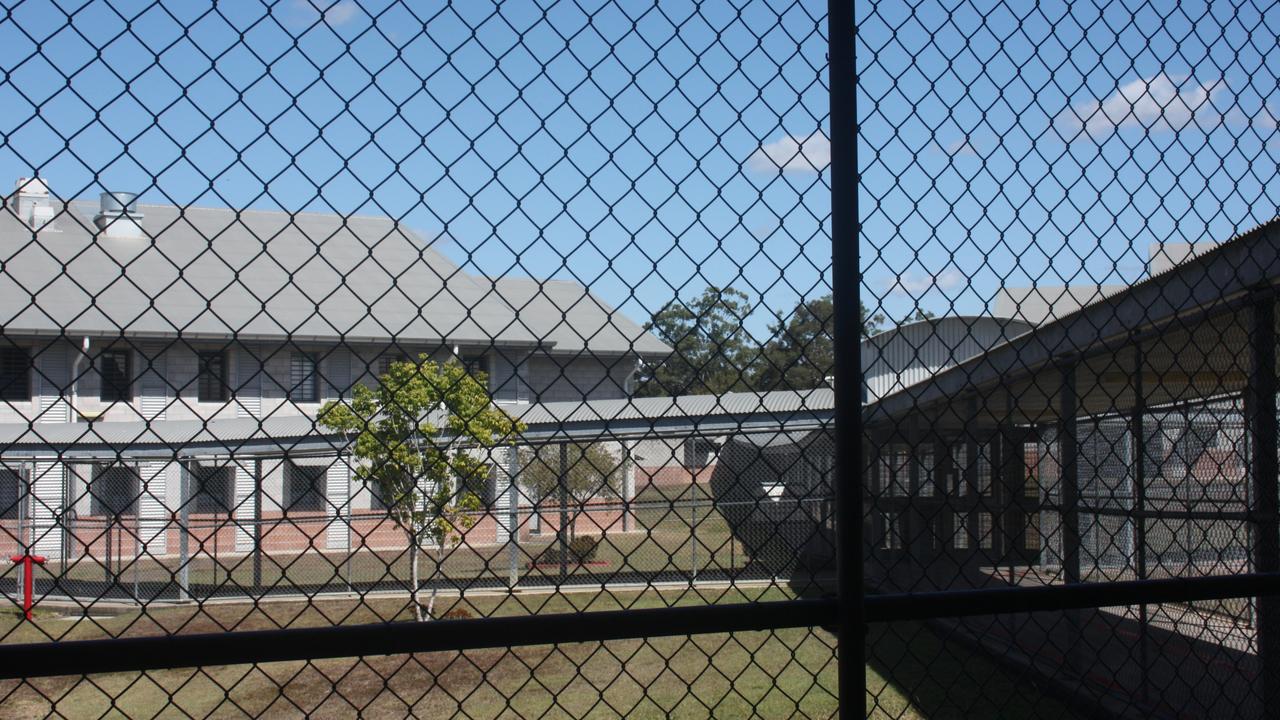
“QCS has limited ability to directly influence the number of people in custody, and is working closely with stakeholders across the criminal justice system to do everything in our power to safely reduce prisoner numbers where that can be achieved.
“All of the recommendations relate to work that is already underway. Since 2015, more than 4000 additional beds have been added to adult prisons across Queensland, including the doubling of the size of Capricornia Correctional Centre and the installation of bunk beds in suitable cells.
“Of note, the new Lockyer Valley Correctional Centre, when it is commissioned towards the end of 2024 will add 1536 beds to the high security estate, and relieve pressure off other centres around the state.
“In the meantime, we are focusing on every possible remediation to manage high prisoner numbers, including escalating recruitment efforts, identifying opportunities to increase built beds in existing infrastructure, and optimising the process to move suitable prisoners to low security facilities, which are better able to absorb higher prisoner numbers.”
Dramatic rescue as man aged in 20s winched off trawler in Coral Sea
‘No longer the barometer’: Future of CBDs will rely on this kind of business
More Coverage
Originally published as Investigation into overcrowding at Maryborough Correctional Centre








